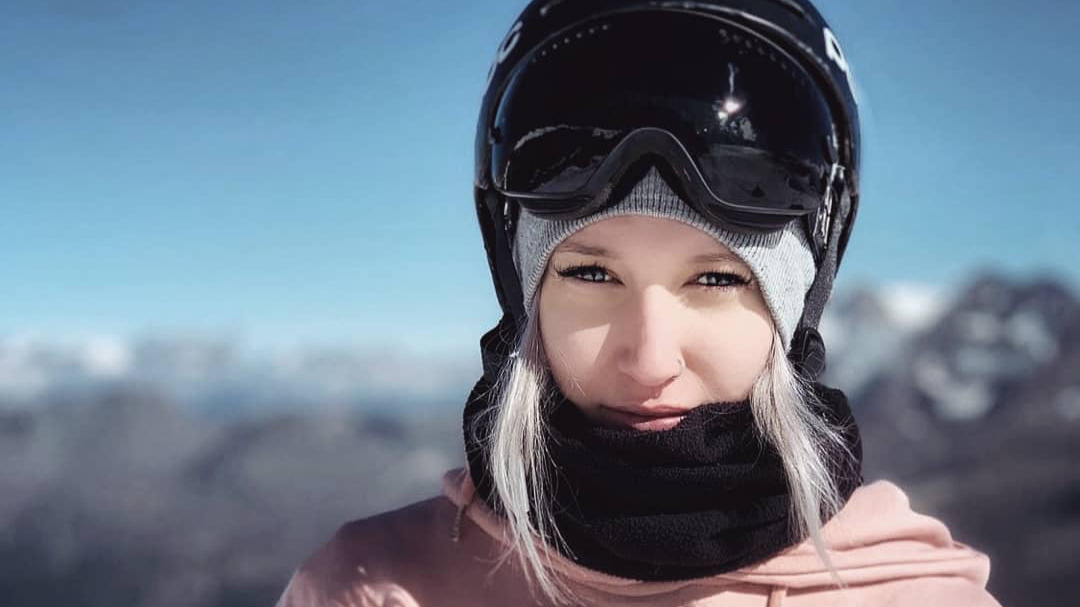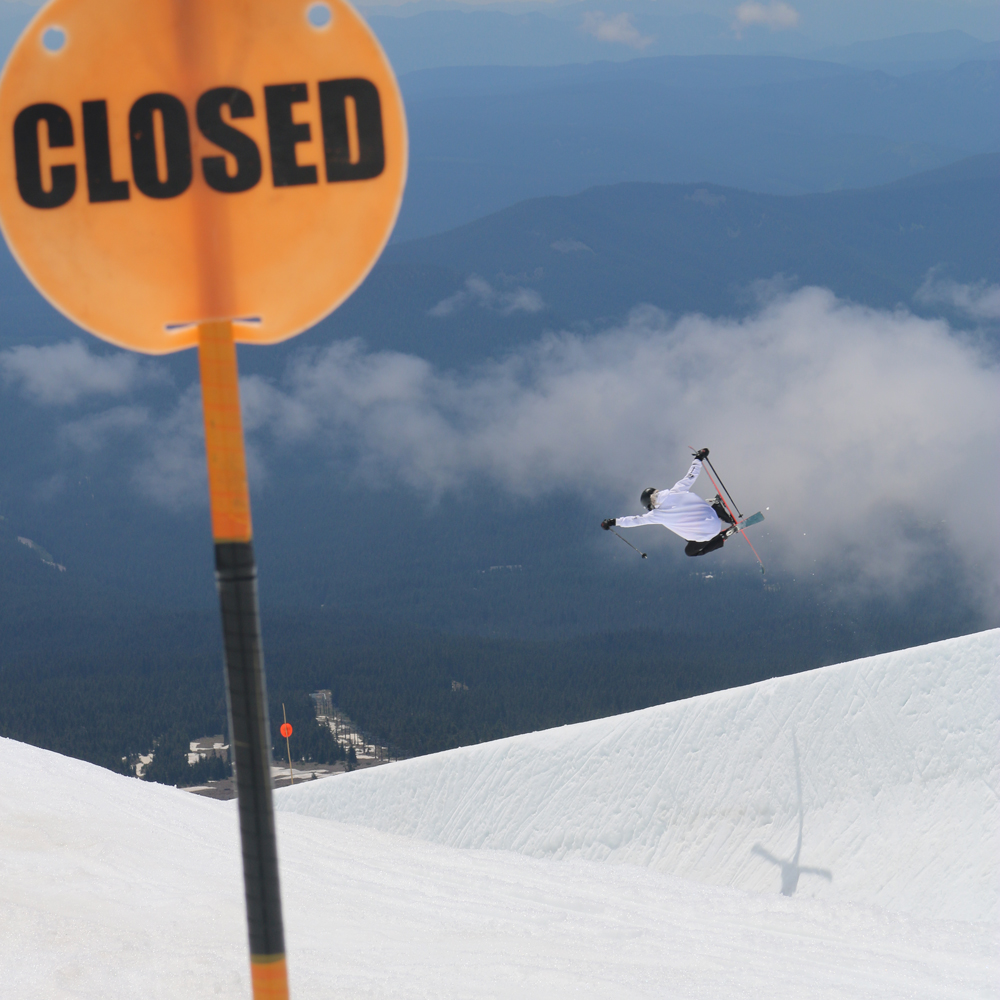Take A Resistance Band On Your Next Ski Trip And Do This 10-Minute Ski Warm-Up Every Morning
Keep your band handy to warm up your legs on the mountain

Skiing is a sport that treads the fine line between pure exhilaration and outright terror, and the only thing keeping you on the right side of that line is your own ability to stay upright at speed. To do that, you need hard-earned skill and your muscles to be ready for the demands of the slopes, which is why it’s essential to warm up before you start skiing.
We asked Team GB freestyle skier and PT Rowan Cheshire what she does before a day on the mountain and she was good enough to provide this 10-minute warm-up you can do before skiing. Cheshire takes a resistance band with her to help with the warm-up, so if you have a spare pocket in your ski pants, you know exactly what to stuff in it.
If you’re in need of a resistance band, find the right one for you and your budget in our round-up of the best resistance bands. And to get your muscles ready for the slopes, try these ski exercises.
10-Minute Ski Warm-Up
As with all sports, the benefits of a warm-up are well known and widely ignored by people who just want to get into the thick of the action, but here’s a reminder of why you should warm up.
“You need to get the muscles moving and the blood flowing around the body,” says Cheshire. “This helps prevent injuries and helps you ski for longer and at a better standard as well.”

Better skiing, longer skiing, safer skiing. Got that? Good. Here’s what to do. The whole routine should take no longer than 10 minutes, divided up between the following exercises.
Squat
Loop the band around your thighs and stand with your legs apart so there is tension in the band. Bend at the knees and push your hips back to sit back into a squat until your thighs are parallel to the floor, then push back up.
Get the Coach Newsletter
Sign up for workout ideas, training advice, reviews of the latest gear and more.
Walking squat
Keep the band looped around your thighs and dip into another squat. This time stay low and take small steps forwards and backwards. You can do this and the squat without the resistance band, if you didn’t think to pack one.
“This helps loosen up the hips and get the blood flowing around your legs,” says Cheshire.
Leg swings
From standing, lift one leg and swing it from front to back and side to side, gradually increasing the range of motion as you get looser. Repeat with the other leg. If you don’t back your balance, shove your skis in the snow and lean on them.
Walking lunge
From a standing position, take a big step forwards and lower until both knees are bent at 90°. Staying low, bring your back foot through and step straight into another lunge. If you don’t have space for the walking lunge then the standard lunge on the spot will suffice.
Clock lunge
Any kind of lunge variation is going to help prepare your legs for skiing, so put a few of them together with the clock lunge. Start with a standard lunge, then lunge to the right, then do a reverse lunge and finally lunge to the left. Or you can do all 12 numbers of the clock, if you have the time.
Torso twist
This will prepare the body for the rotational movements involved in skiing. Stand with your arms extended to the sides and twist your torso from one side to the other.

Nick Harris-Fry is a journalist who has been covering health and fitness since 2015. Nick is an avid runner, covering 70-110km a week, which gives him ample opportunity to test a wide range of running shoes and running gear. He is also the chief tester for fitness trackers and running watches, treadmills and exercise bikes, and workout headphones.
